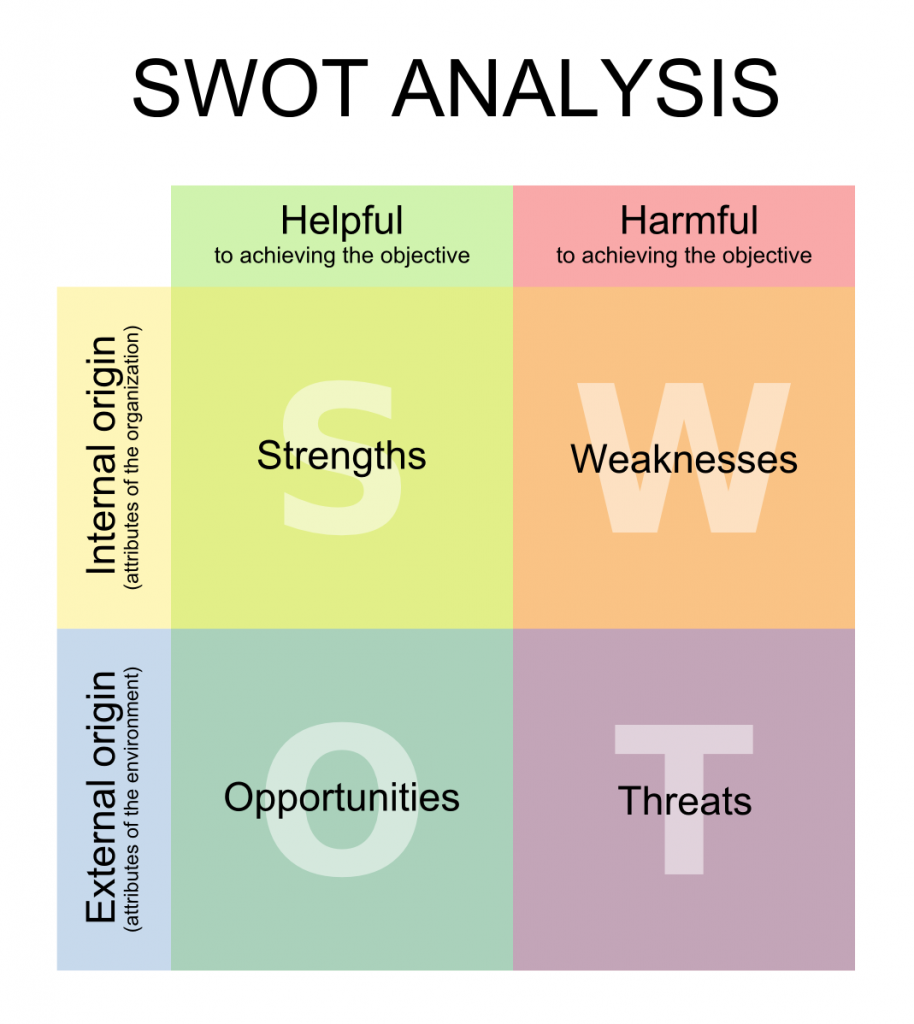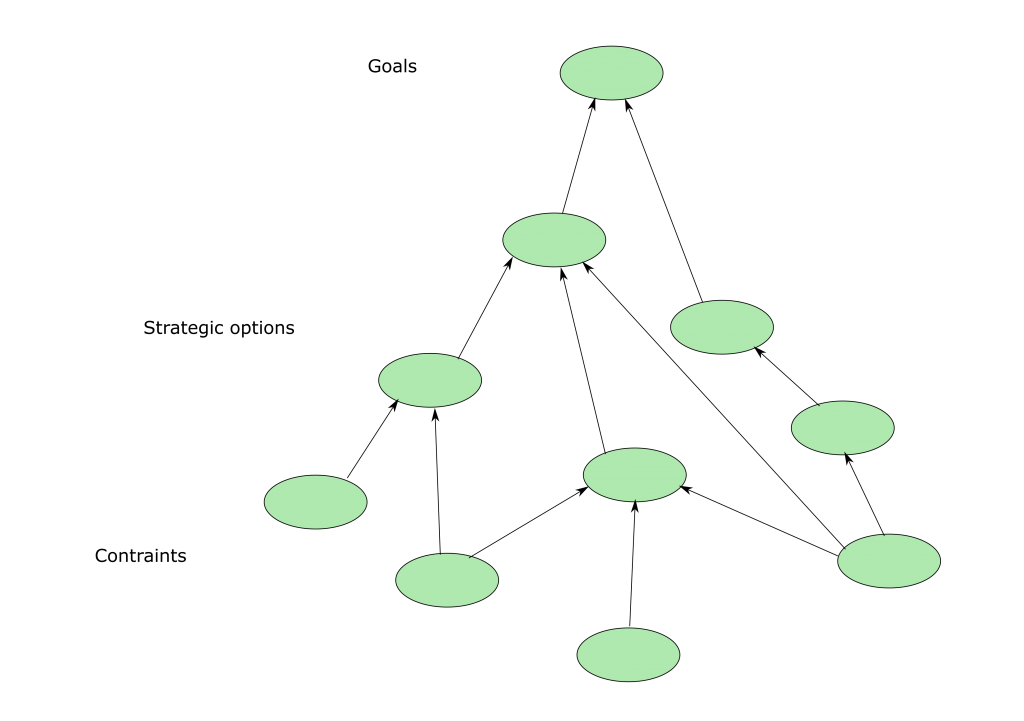There are times when a problem seems so complex, and so complicated that it is impossible to know where to start. This situation is are sometimes referred to as a ‘mess‘. There may be many people involved, with different perspectives on how to proceed, or with vested interests they want a solution to address. It might be that there is great uncertainty about what the future might hold, with significant risks if the wrong decision is made. This post describes some techniques known as ‘problem structuring’.
Problem Structuring Techniques
Some of these problem structuring methods may sometimes seem like common sense, but their power comes from being able to refer to a consistent framework, particularly when under stress or time contraints. When the world is so complicated, it is helpful to have a simple framework to fall back on.
These are just a few of the techniques and frameworks that are out there. They can be used on their own, or in combination with each other. They were often orginally formulated for working with groups of decision makers, but are also frequently used by individuals. See “Further Reading” at the bottom of this page for ideas on where to look next.
SWOT Analysis
SWOT analysis is one of the simpler methods for problem structuring, and is particularly useful at the early stages of options appraisal. In SWOT analysis look at your situation and ask yourself what the strengths, weaknesses, opportunities, and threats are. The SWOT approach can be used to explore options or future possibilities, or identify areas of concern in an existing situation. Preferred options will be those that minimise or reduce weaknesses and threats, while maximising strengths and opportunities.

By Xhienne – SWOT pt.svg, CC BY-SA 2.5, Link
Process Mapping
Process mapping is another relatively simple technique building picture of activity. A common approach is to think about a process in terms of its related inputs and outputs. Your process may be a many to many, one to many, or many to one type process. From this core relationship you can add in additional detail, such as considering related processes, or who the customers or stakeholders of the process are likely to be. Mapping a process or organisation can be used to identify pinch points or blockages, which can be the focus of change or intervention. Process mapping also relates to the route definitions of soft systems methodology, which identifies key transformative activities within the wider system.

By Scottsm1991 – Own work, CC BY-SA 3.0, Link
Soft Systems Methodology
Human activity systems (as opposed to software or manufacturing systems) are often complex. Humans do not always act in the way intended, that is logical, or the best for the end result. Soft systems methodology (SSM) is an attempt to cut through some of that complexity by working through a series of steps to explore the problem situation, identify key themes, and then consider the systems that support those themes. Comparing the systems identified to the real world helps give insight into how to make progress towards finding a solution. SSM is usually defined in terms of seven steps, but it can also be thought of in four broader parts in a cycle of definition and comparison of real world and ‘systems world‘ situations.

SODA
SODA uses ‘cognitive maps’ to explore the concerns, perceptions and experiences of parties interested in the problem situation. Cognitive maps are a visual representation of concepts and the relationships between then. By looking for common themes and areas of agreement, the SODA approach merges individual perspectives into a single, strategic cognitive map, which can then be used to reach agreed actions for making progress or improvements. A cognitive map in SODA might begin with operational constraints, and work through possible strategic options for achieving goals.

Strategic Choice
The strategic choice approach is about the planned management of uncertainty, and was designed to be used by those making strategic decisions and choices. The approach tackles uncertainty head on by separating them out into those originating from the external environment, the values of the people involved, and the relationships between different strategic choices. These three categories of uncertainty are then explored using different modes of thinking to better understand the problem structure, possible actions, and likely implications of any choice.

Further Reading
Exploring and supporting complex decision making has been widely studied and written about. You’ll find further information across the internet, such as this comprehensive review, or this paper from the OR Society.
Or, if you are looking for text books, Tools For Thinking By Michael Pidd covers several of these techniques, as does Rational Analysis for a Problematic World by Jonathan Rosenhead.

